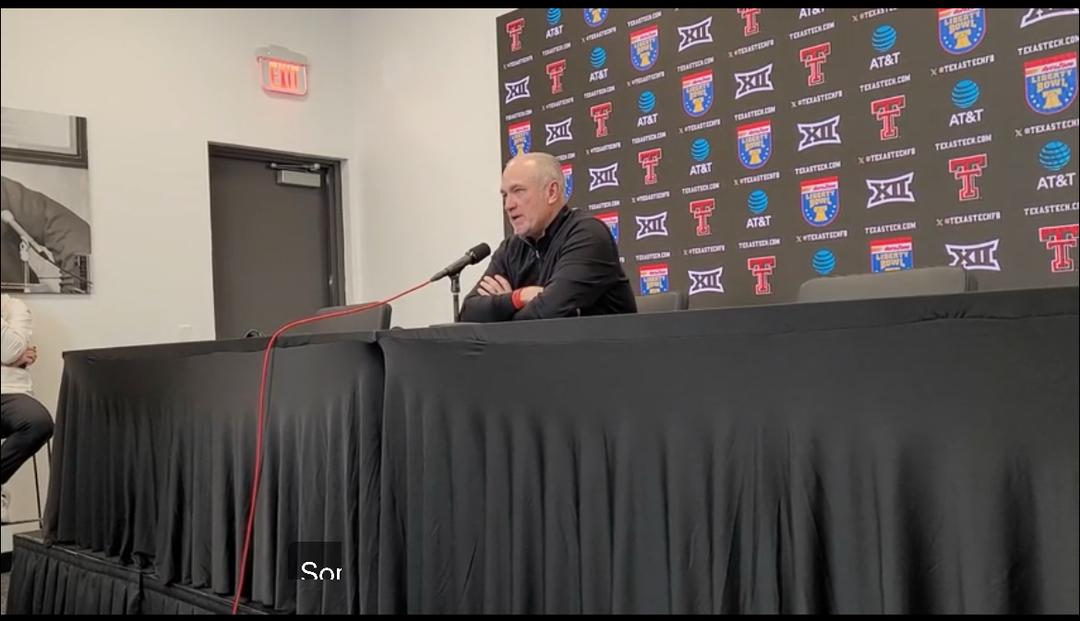Texas Tech Football and the House v. NCAA Settlement: Navigating Potential Challenges
The landscape of college athletics is on the brink of a significant transformation due to the preliminary approval of the House v. NCAA settlement. This settlement introduces a revenue-sharing model set to commence in the 2025-26 season, fundamentally altering the financial dynamics between universities and their student-athletes. While the settlement aims to address longstanding issues related to athlete compensation, it also presents potential challenges for programs like Texas Tech football.
Overview of the House v. NCAA Settlement
The House v. NCAA settlement marks a pivotal shift in collegiate sports. Starting in the 2025-26 academic year, the settlement permits revenue sharing between universities and their athletes. Schools are expected to distribute approximately $21-$23 million annually among their student-athletes. The proposed distribution allocates 75-85% of these funds to football, 10-15% to men’s basketball, and the remaining 10-15% to other sports.
This model also includes an increase in scholarship limits, with football scholarships rising from 85 to 105 and men’s and women’s basketball from 13 to 15. Additionally, the settlement proposes the elimination of the National Letter of Intent (NLI), replacing it with a financial aid agreement to streamline the recruitment process.
Potential Implications for Texas Tech Football
While the settlement introduces progressive changes, it also poses significant challenges for programs like Texas Tech football:
- Financial Strain: The requirement to distribute up to $23 million annually to student-athletes could strain Texas Tech’s athletic budget. Unlike programs with billion-dollar valuations, such as the University of Texas and Texas A&M, Texas Tech may face difficulties generating the necessary revenue without reallocating funds from other areas or increasing external support.
- Competitive Disparity: The revenue-sharing model may widen the gap between well-resourced programs and those with more modest budgets. Schools with substantial financial backing can more easily absorb the additional costs, potentially attracting top talent and leaving programs like Texas Tech at a competitive disadvantage.
- Increased Operational Costs: The expansion of scholarship limits necessitates additional funding for tuition, housing, and other expenses. For Texas Tech, accommodating 20 additional football scholarships could lead to significant increases in operational costs, further straining the athletic department’s finances.
- Fan and Donor Fatigue: To meet the new financial demands, Texas Tech might consider raising ticket prices or soliciting additional donations. However, fans and donors are already experiencing fatigue due to rising costs and continuous funding requests, which could lead to decreased support over time.
Arguments for Rejecting the Settlement
Given these potential challenges, there are compelling reasons for Texas Tech football to hope for a rejection of the House v. NCAA settlement:
- Preservation of Financial Stability: Rejecting the settlement would allow Texas Tech to maintain its current financial structure, avoiding the additional burden of revenue-sharing payments and increased scholarships.
- Maintaining Competitive Balance: Without the mandated revenue-sharing model, Texas Tech could continue to compete on a more level playing field with other programs of similar financial standing, preventing further disparity between wealthier and less affluent schools.
- Avoiding Fan and Donor Overextension: By not imposing additional financial demands, Texas Tech can preserve its existing support base, avoiding potential alienation of fans and donors due to increased costs.
Preparing for Potential Outcomes
While hoping for a rejection of the settlement, Texas Tech must also prepare for its possible implementation:
- Exploring New Revenue Streams: The university should investigate alternative revenue sources, such as enhanced marketing deals, partnerships, and alumni contributions, to offset the anticipated financial burdens.
- Strategic Budgeting: A thorough review of the athletic department’s budget could identify areas for cost-saving, ensuring funds are allocated efficiently to support both revenue-sharing obligations and the overall success of the football program.
- Advocacy and Collaboration: Engaging with other institutions facing similar challenges could lead to collective advocacy for adjustments to the settlement terms, aiming for a more equitable distribution model that considers the varying financial capabilities of different programs.
Conclusion
The House v. NCAA settlement represents a transformative moment in college athletics, aiming to address long-standing issues of athlete compensation. However, for programs like Texas Tech football, the settlement introduces significant financial and competitive challenges. While there are valid reasons to hope for the settlement’s rejection, it is imperative for Texas Tech to proactively prepare for all potential outcomes, ensuring the program’s sustainability and continued success in the evolving landscape of collegiate sports.

